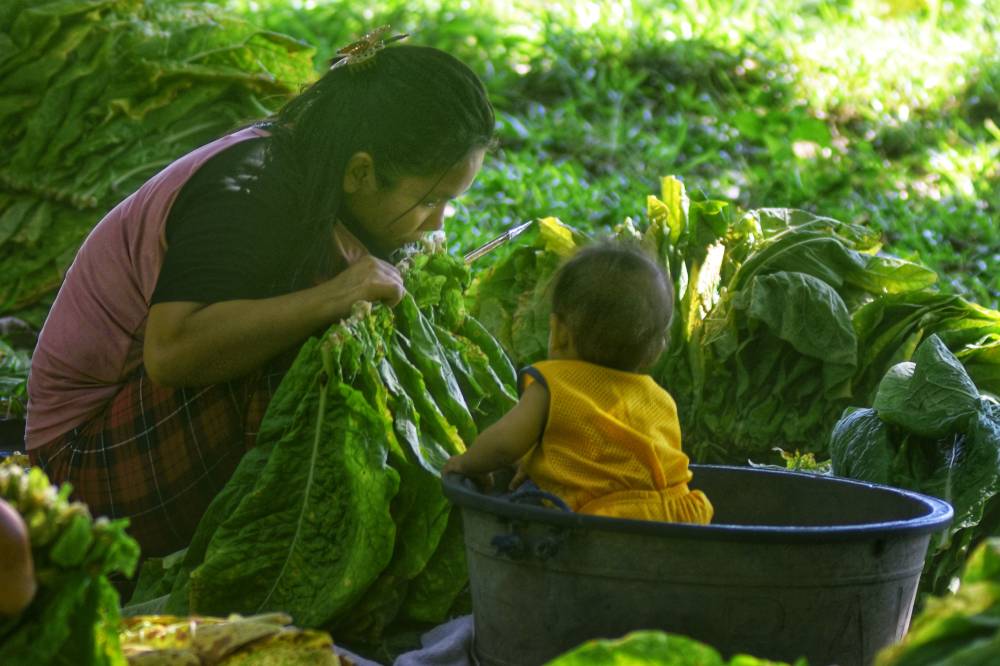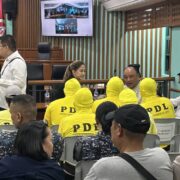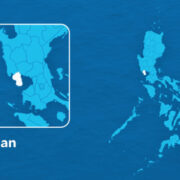Tobacco dust sustains Pangasinan ‘bangus’ farms

CALASIAO, PANGASINAN—After every harvest of his cultured “bangus” (milkfish), fish farmer Christopher Sibayan drains the water from his ponds in Binmaley, Pangasinan.
Once the ponds are sun-dried, he spreads a 25–kilo to 30-kilo bag of tobacco dust per hectare.
The powder, a byproduct of the tobacco industry, serves a dual role: it kills mollusks and other unwanted species that compete with bangus for food, while also fertilizing the ponds to promote the growth of natural fish feed.
“Tobacco dust has been used in Pangasinan fishponds for as long as I can remember. My grandparents used it, my parents used it, and now I’m using it on the farm I inherited from them,” Sibayan told the Inquirer.
With the help of tobacco dust, fish farmers grow “lablab”—an algal mat of microscopic plants and animals coating the pond bottom—that serves as food of bangus fingerlings.
Natural pesticide
For seven to 10 days after the ponds are drained, water seeps in naturally from underground and through the dikes, triggering microscopic growth.
Once the bottom turns green with algae, Sibayan said, “The pond is ready to be filled with about a meter of water and stocked with fingerlings.”
Bangus fingerlings feed exclusively on lablab for one to two months, depending on stocking density, before farmers shift to commercial feed.
Some still rely solely on lablab—a cheaper but slower method of growing bangus to market size.
Commercial fertilizers are used only when tobacco dust runs short.
Farmers generally avoid chicken manure, another pond fertilizer, which the Bureau of Fisheries and Aquatic Resources discourages because of possible contamination from sick birds.
The National Tobacco Administration (NTA) says tobacco dust is a safe and environment-friendly “pond poison.”
Nicotine in the dust eliminates pests like snails and fish predators but quickly breaks down in water.
“There’s no risk of nicotine contaminating the fish,” said Leonora Nudo, supervising science research specialist at the NTA.
Nicotine dissipates within 30 minutes, either evaporating, transforming into harmless substances, such as vitamin B3 (nicotinic acid), or decomposing completely, she explained.
According to Danilo Trungco, an NTA board member and a fish grower in Ilocos Norte province, tobacco dust works best in dry ponds under the midday sun, when heat helps release the aroma that kills predators.
Supply challenges
“After three to four days, plankton begins to grow, and water can be added. While the pond water is green, your fingerlings will thrive on lablab,” he said.
Pangasinan fish farmers, however, are still waiting for the reopening of the tobacco dust processing plant in nearby Sto. Tomas, La Union, which was gutted by fire in 2018 and is under rehabilitation.
Once operational, the NTA hopes the plant will encourage more pond owners to return to the product. For now, Sibayan buys his supply from agricultural stores.
Northern Luzon grows three tobacco varieties—Virginia, burley and the native type. Of these, the native variety has the highest nicotine content (1 to 3 percent) compared to Virginia’s 0.7 percent. Tobacco dust must contain at least 1 percent nicotine to effectively eliminate pond predators.
Beyond aquaculture, the tobacco plant has many uses: stalks are processed into particle boards, seeds are blended into animal feed, and leaves are sometimes left on rice dikes to ward off hoppers that cause crop diseases.
“No part of the tobacco plant is wasted,” the NTA said, stressing that such byproducts, including tobacco dust in fish farming, could help sustain northern Luzon’s centuries-old tobacco industry.

















